You can view all the posts in the epic “Writing a Maths Scheme of Work” series on this page. It’s kind of like Game of Thrones, only with slightly less nudity and dragons.
Following on from my last post about the wonders and delights of Don Steward’s Median Maths Blog, I wanted to follow this up with a quick post about creating prompts and questions.
As I mentioned in my view on the key features of a Rich Task, I believe it is much more important to plan prompts and questions than worksheets and PowerPoints. Prompts and questions give you much more scope for flexible lessons and effective differentiation. They allow you to start everyone off on the same task, and then wander around the classroom, seeing where the students are up to, and dropping little prompt cards on different students’ desks with a new line of inquiry for them to investigate.
I reckon that 10 really well thought out prompts and questions can give you a couple of really rich, challenging, engaging lessons.
But, how do you come up with these prompts and questions, I hear you ask? Well, I reckon I have the answer 🙂
Take this lovely little task from… you guessed it… the Median Maths Blog, called Differences.
Start by choosing any 3 numbers for the bottom row. Perhaps limit yourself at first to whole numbers between 1 and 10.
Then work out the positive differences between the two numbers below to give the number above, and repeat this again to get the number at the top:
And that is it. The first 4 minutes of your lesson sorted.
But where to go from there? Well, that is the question I posed a group of teachers in Durham yesterday. I gave them 7 minutes, working in groups, to come up with as many Prompts and Questions as they could given this starting point.
Here is what they came up with:
How good is that? 🙂
And that was after just 7 minutes, with the teachers only just having just seen the task!
That is now a series of interesting lines of inquiry that students of all ages and abilities could take.
And by the time I hadgot home, I had 3 emails with other ideas:
- If we do left number subtract the right number, can we get all the numbers between -1 and -10?
- How about using fractions? Can we get all the unit fractions between 1/2 and 1/10?
- What happens if we subtract the first two numbers and add the second two?
- Could we use this to practise collecting like terms?
All this lesson needs is to make sure students know how to fill in one of the diagrams, and then they are off. Perhaps start them all off trying to find groups of numbers that give a 0 on the top and explain the relations between these numbers, and then wander around the class, talking to students, listening to their ideas, and making a judgement which line of inquiry you want them to look at next. Perhaps get them to copy the prompt down in their books, or stick it in, and of course make sure you encourage them to write up their findings.
In the spirit of Andrew Blair and his outstanding Inquiry Maths, you might also be tempted to say to the students “investigate whatever you like”, and then have the prompts up your sleeve for any students who are struggling to think of something.
On another note – and I hate to bring Ofsted in here – but one thing we know inspectors are looking for is different work in different students book as an indicator of differentiation. Well, problem solved 🙂
And what I also like about this, as opposed to giving students different work on different worksheets, is that everyone is essentially working on the exact same task, just at different levels. So, when we reach the end of the lesson, or series of lessons, we can all share our findings and everyone has an interest as everyone has been working on the same lovely little triangle of numbers.
Oh, and I have put together this little Excel file to help investigate this further and quickly test out students’ predictions:
So, this task will kick off our Year 8 Scheme of Work. Lucky students 🙂 I think it helps practice key number skills, but also opens the students’ minds up for inquiry and investigation, and sets the tone for what will follow in maths throughout the year.
BIG IDEA
But this has given me an idea! Having seen what a group of 36 teachers came up with in 7 minutes got me wondering what a whole world of maths teachers could come up with given as much time as they need?
So, I was thinking that every month I could post a little task or activity like this, and then open up the Comments section for teachers to post possible Prompts and Questions. Let your imaginations run wild! Then we would quickly build up a series of rich, engaging, challenging, fun tasks that could be used with all ages and abilities.
Let me know if you think this is a good idea.
We could test the waters by thinking of a few more lines of inquiry for the task above by writing them in the Comments below.
The original Median Task is here
The PowerPoint of this activity that I put together is here
And thank you to the teachers of the North East for helping me potentially kick start a Rich Task Revolution! 🙂
UPDATE: The Rich Task Revolution has started! Click here to see the collection so far.

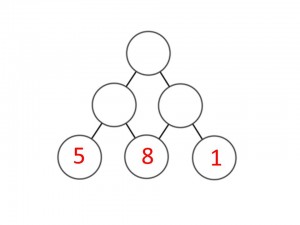
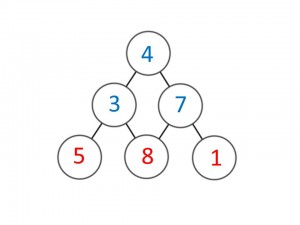
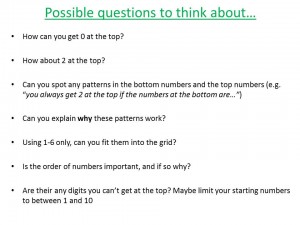
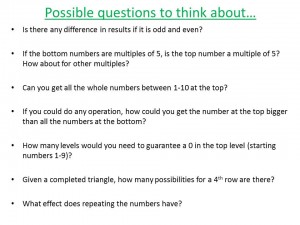
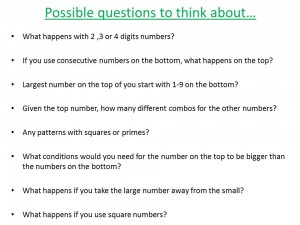
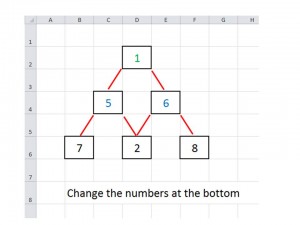
GENIUS!!!
Love it.
We are writing the Y7 SoW as we go along (6 classes of mixed ability, 3 teachers, timetabled planning time together), based around fundamental maths skills and problem solving.
Having read this, I now know how we’re starting….
😀
Great post! I think that is a great idea and I look forward to considering lines of inquiry for the prompts you will post.
I really like the idea of colloboratively working on these as I tend to concentrate on one or two paths and it was fascinating reading all the ideas generated by the teachers in Durham.
Fantastic, thank you 🙂
Thanks Emily
Excellent! Was thinking of how to beef up our rich tasks AND get buy-in from within the department at the same time.
I like the idea of collating prompts as you suggested. Similar (but different in a couple of important ways) to http://www.101qs.com which is worth looking at if you don’t know it.
Yes, I am a big fan of 101qs. But, as you say, I hope my idea is different. I like the idea of teachers seeing each other’s questions and being inspired by them to think of more. Thanks for your comment!